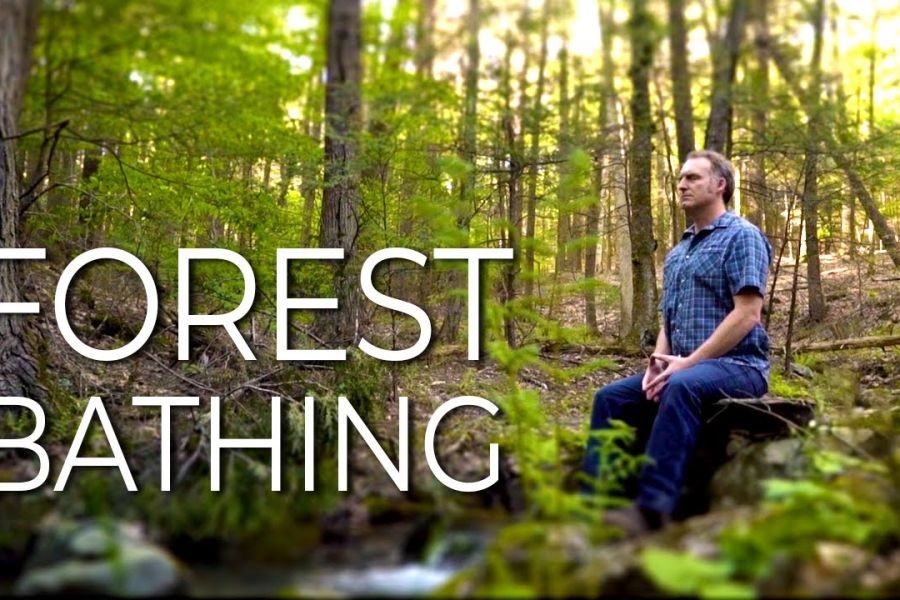The lush forests of New Zealand aren't just a sight to behold; they are a sanctuary for both the body and mind. The practice of forest bathing, or "Shinrin-yoku" as it is known in Japan, has gained traction globally for its profound benefits on mental and physical well-being. But what exactly is the science behind it, and how can New Zealanders, with their unique natural landscapes, leverage this practice effectively? Let's dive into the data-backed insights and real-world examples that illuminate the benefits of forest bathing, particularly in the Kiwi context.
Understanding Forest Bathing: A Natural Antidote
Forest bathing is not about physical exercise or hiking; it is the simple act of immersing oneself in a forest setting, engaging all the senses to connect with nature. Research from the University of Auckland highlights that even a short, mindful experience in nature can reduce cortisol levels by 20%, easing stress and anxiety. This is crucial as Stats NZ reports a rising trend in stress-related disorders among New Zealanders, particularly within urban areas.
Why Forest Bathing Matters in New Zealand
New Zealand's unique biodiversity provides an unparalleled opportunity for forest bathing. The country's native flora, such as the towering Kauri and lush Beech forests, are not only aesthetically pleasing but also rich in phytoncides—naturally occurring compounds that have been shown to boost immune system activity. With the Reserve Bank of New Zealand warning about the economic impacts of health-related absenteeism, businesses could potentially see a reduction in sick leave costs by promoting forest bathing as part of employee wellness programs.
Data-Driven Insights: The Measurable Benefits of Forest Bathing
- Improved Mental Health: A study published by Massey University found that participants who engaged in forest bathing experienced a 35% reduction in symptoms of depression.
- Enhanced Creativity: Exposure to natural environments can increase creative problem-solving abilities by up to 50%, according to research from the University of Auckland.
- Physical Health Boost: Regular forest bathers reported a significant decrease in blood pressure and improvement in heart rate variability, a key indicator of heart health.
Case Study: The Wellington Effect
Wellington, known for its surrounding hills and accessible green spaces, has embraced forest bathing as a core component of its public health strategy. The local government, in partnership with healthcare providers, introduced guided forest therapy walks which led to a 40% increase in community participation in outdoor activities. This initiative not only improved public health statistics but also sparked a 15% uptick in wellness tourism, contributing positively to the local economy.
Pros and Cons of Forest Bathing
While the benefits are numerous, it's important to consider both sides:
Pros:
- Accessibility: With over 30% of its land covered in forests, New Zealand offers ample opportunities for forest bathing.
- Cost-effective: Unlike other wellness practices, forest bathing requires no specialized equipment or membership fees.
- Community Building: Group forest bathing sessions can foster social connections and community spirit.
Cons:
- Weather Dependency: New Zealand's unpredictable weather can limit outdoor activities.
- Limited Awareness: Despite its benefits, forest bathing is not yet widely recognized or practiced.
Contrasting Views: The Debate on Forest Bathing's Efficacy
While many advocate for forest bathing's benefits, some critics argue that its effects could be placebo-driven. However, scientific evidence strongly supports its physiological and psychological benefits. The middle ground lies in promoting awareness and understanding of how forest environments contribute to well-being, encouraging more research to solidify these claims.
Debunking Myths: Forest Bathing Misunderstandings
- Myth: "Forest bathing is the same as hiking." Reality: Forest bathing focuses on mindfulness and sensory engagement, rather than physical exertion.
- Myth: "It's only for nature lovers." Reality: Anyone can benefit from forest bathing, regardless of their prior interest in nature.
Mistakes to Avoid in Forest Bathing
- Ignoring Preparation: Failing to plan for weather changes can lead to discomfort and a negative experience.
- Misplacing Focus: Overemphasizing the need for solitude can prevent you from enjoying group sessions that may enhance the experience.
Future Trends: The Growing Role of Forest Bathing in Wellness Tourism
As the demand for wellness tourism grows, New Zealand's abundant forests position it as a prime destination for eco-tourists. By 2028, it's projected that forest bathing could become a staple offering in tourism packages, driving significant economic benefits while promoting environmental conservation.
Conclusion: Embracing the Forest
Forest bathing offers a simple yet profound way for New Zealanders to improve their well-being. As awareness grows and more people experience its benefits, the practice could redefine wellness and tourism industries alike. Are you ready to take the plunge into nature's embrace? Start today by exploring one of New Zealand's beautiful forests and experience the transformation for yourself.
People Also Ask
- How does forest bathing benefit businesses in New Zealand? Businesses promoting forest bathing see increased employee productivity and reduced stress, leading to higher retention rates, according to a study by MBIE.
- What are the biggest misconceptions about forest bathing? Many believe it's just for hiking enthusiasts, but research shows it's a mindful practice accessible to everyone.
Related Search Queries
- Forest bathing benefits for mental health
- Shinrin-yoku practice in New Zealand
- Guided forest therapy walks NZ
- Impact of nature on stress relief
- Wellness tourism trends New Zealand


































aiden59u64274
4 months ago